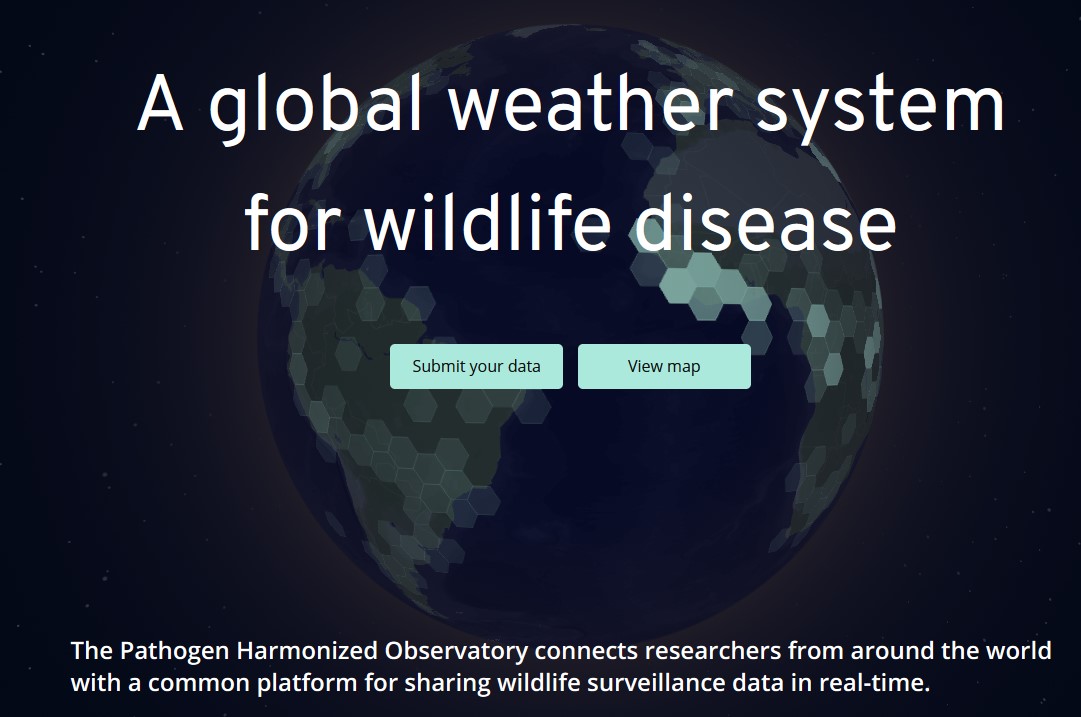A minimum data standard for wildlife disease studies
Rapid and transparent data sharing is critical for responding to threats from wildlife diseases. However, the value of shared data is often limited by a lack of standardization, with many datasets—especially those with negative results—being difficult to reuse.
To address this challenge, the Verena Consortium developed a minimum data standard to ensure that wildlife disease studies are shared in a way that is FAIR (Findable, Accessible, Interoperable, and Reusable). This work supports the consortium’s open-access database, The Pathogen Harmonised Observatory (PHAROS). As a contributor to this effort, I helped develop and apply this standard.
The Proposed Standard
Our checklist identifies a minimum set of 31 essential fields required to properly document a dataset. These fields cover core metadata categories including: * Host Information: Standardized taxonomy and sampling details. * Pathogen Information: Assay details and results, including negative findings. * Spatio-temporal Data: Precise geographic and temporal information for each record.
Adopting this standard helps ensure that data can be effectively integrated for large-scale analyses, improving our ability to predict and prevent future zoonotic spillover events.
Publication Details
This manuscript, detailing the data standard, has been published in Scientific Data.
- Full Citation: Schwantes, C.J., Sánchez, C.A., Stevens, T. et al. A minimum data standard for wildlife disease research and surveillance. Sci Data 12, 1054 (2025).
- DOI: 10.1038/s41597-025-05332-x
